Key Factors Determining the Shelf Life of Frozen Seafood
By. Puji Widyastuti - 01 Oct 2025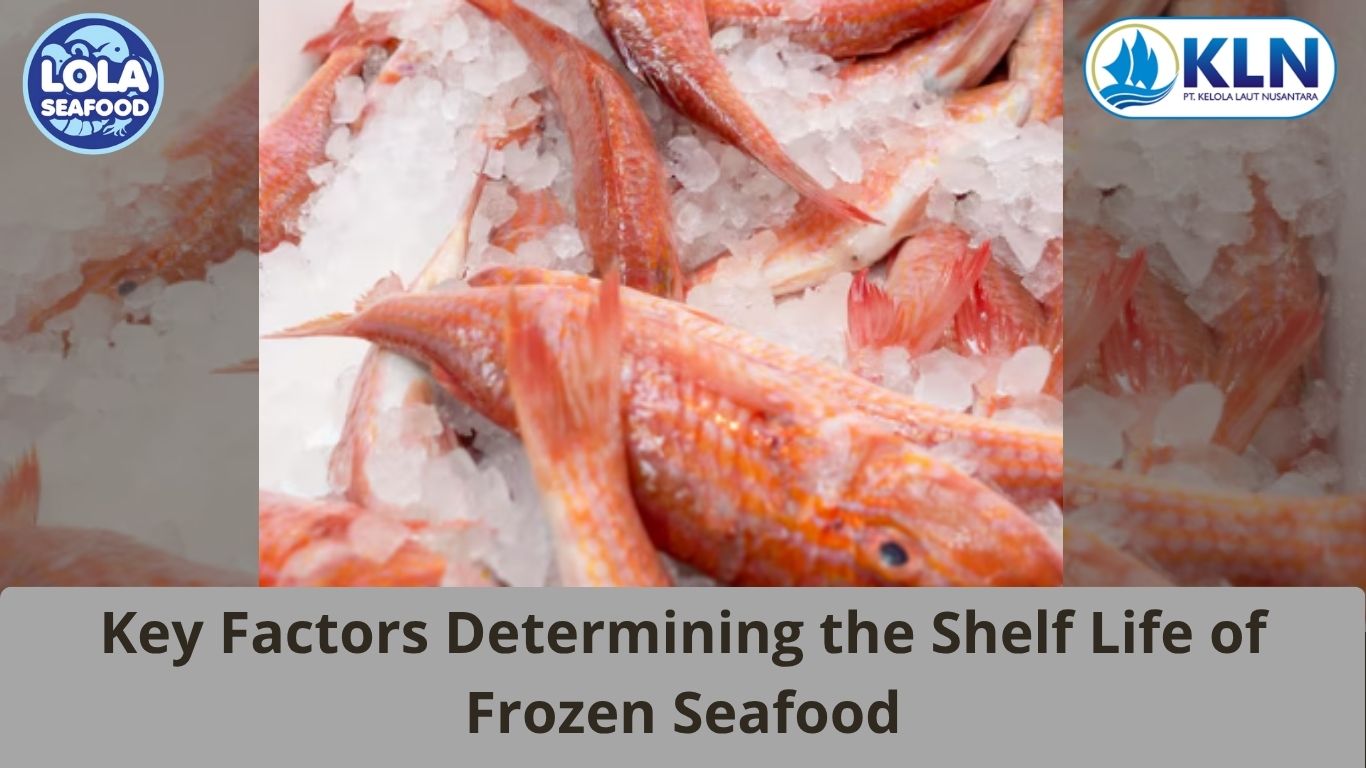
Kelolalaut.com Frozen seafood plays an important role in global food supply, offering consumers safe, nutritious, and convenient access to fish and shellfish throughout the year. While freezing is highly effective in slowing spoilage and maintaining quality, the shelf life of frozen seafood is not unlimited. Several factors influence how long frozen products remain safe and appealing, ranging from the type of seafood to the handling of raw materials before freezing. Understanding these factors is crucial for seafood processors, distributors, and consumers who seek to preserve both quality and safety.
Type of Seafood
The species and fat content of seafood are among the most significant determinants of frozen shelf life. Fatty fish such as salmon, mackerel, and tuna typically have shorter storage durations compared to lean fish like cod, pollock, or haddock. This difference arises from lipid oxidation, which occurs more readily in high-fat species. Over time, the oils in fatty fish can develop rancid odors and off-flavors, even under frozen conditions.
Shellfish, including shrimp, scallops, and crab, also vary in shelf life depending on their moisture content and muscle structure. For example, shrimp may retain quality for several months when frozen properly, while delicate scallops may be more prone to texture degradation. Recognizing these species-specific differences allows processors to recommend accurate storage guidelines and helps consumers better manage their seafood at home.
Freezing Method
The way seafood is frozen significantly impacts its longevity. Rapid freezing methods, such as individual quick freezing (IQF) or blast freezing, produce smaller ice crystals that minimize cellular damage within the fish muscle. This preserves natural texture, flavor, and juiciness, resulting in a longer shelf life and higher-quality thawed product. In contrast, slow freezing leads to the formation of larger ice crystals that puncture cell membranes, releasing water when thawed. This process causes seafood to become soft, mushy, or dry after cooking. For this reason, advanced freezing technologies are now standard in commercial seafood processing, ensuring products can withstand extended storage without compromising consumer satisfaction.
Packaging
Proper packaging is essential to protect frozen seafood from external factors that accelerate deterioration. Vacuum packaging removes air and significantly reduces exposure to oxygen, which limits lipid oxidation and helps maintain freshness. Similarly, modified atmosphere packaging (MAP) provides a controlled gas environment that delays spoilage.
Inadequate or damaged packaging, however, may allow moisture to escape or permit oxygen infiltration. This not only shortens shelf life but also increases the risk of freezer burn, characterized by dry, discolored patches that negatively affect taste and appearance. High-quality, airtight packaging materials are therefore indispensable for maximizing the stability of frozen seafood.
Storage Conditions
Even the best packaging and freezing methods cannot fully preserve seafood if storage conditions are not properly maintained. The ideal temperature for frozen seafood is -18°C or lower, a threshold that significantly slows microbial growth and biochemical reactions. However, temperature fluctuations—often caused by poor handling during transportation, distribution, or retail display—are especially damaging. Each rise in temperature allows partial thawing, leading to ice recrystallization when re-frozen. This process disrupts the muscle structure and reduces both shelf life and eating quality. Maintaining a consistent cold chain from harvest to final consumption is therefore one of the most critical requirements for ensuring seafood integrity.
Initial Quality of Raw Materials
Finally, the quality of seafood at the time of freezing plays a decisive role in its shelf life. Raw materials that are freshly harvested, handled hygienically, and quickly processed will retain higher nutritional and sensory quality during frozen storage. Conversely, if the seafood has already begun to deteriorate before freezing—due to delayed handling, temperature abuse, or contamination—freezing merely slows the spoilage process rather than reversing it.
This principle underscores the importance of good handling practices at every stage of the supply chain, from fishing vessels and aquaculture farms to processing plants and distributors. Ensuring that seafood is in optimal condition before freezing not only extends storage life but also upholds consumer trust in the product.
The shelf life of frozen seafood is influenced by multiple interconnected factors. The species and fat content determine susceptibility to oxidation, while freezing methods and packaging directly affect texture and protection. Storage conditions, especially consistent low temperatures, safeguard product integrity, and the initial quality of raw materials ultimately defines how long seafood remains safe and appetizing.
By understanding and controlling these factors, the seafood industry can deliver products that maintain freshness, nutrition, and flavor throughout their storage period. For consumers, awareness of these elements provides valuable guidance in choosing, storing, and preparing frozen seafood. Ultimately, careful management at every stage ensures that frozen seafood remains a reliable and high-quality source of nourishment worldwide.
If youre interested in our Snapper / Red Bass Whole Round / Whole Gilled Gutted Scaled , Snapper Fillet Skinless and Snapper Mangrove Jack Whole Round / Whole Gilled Gutted Scaled please do not hesitate to contact us through email and/or Whatsapp
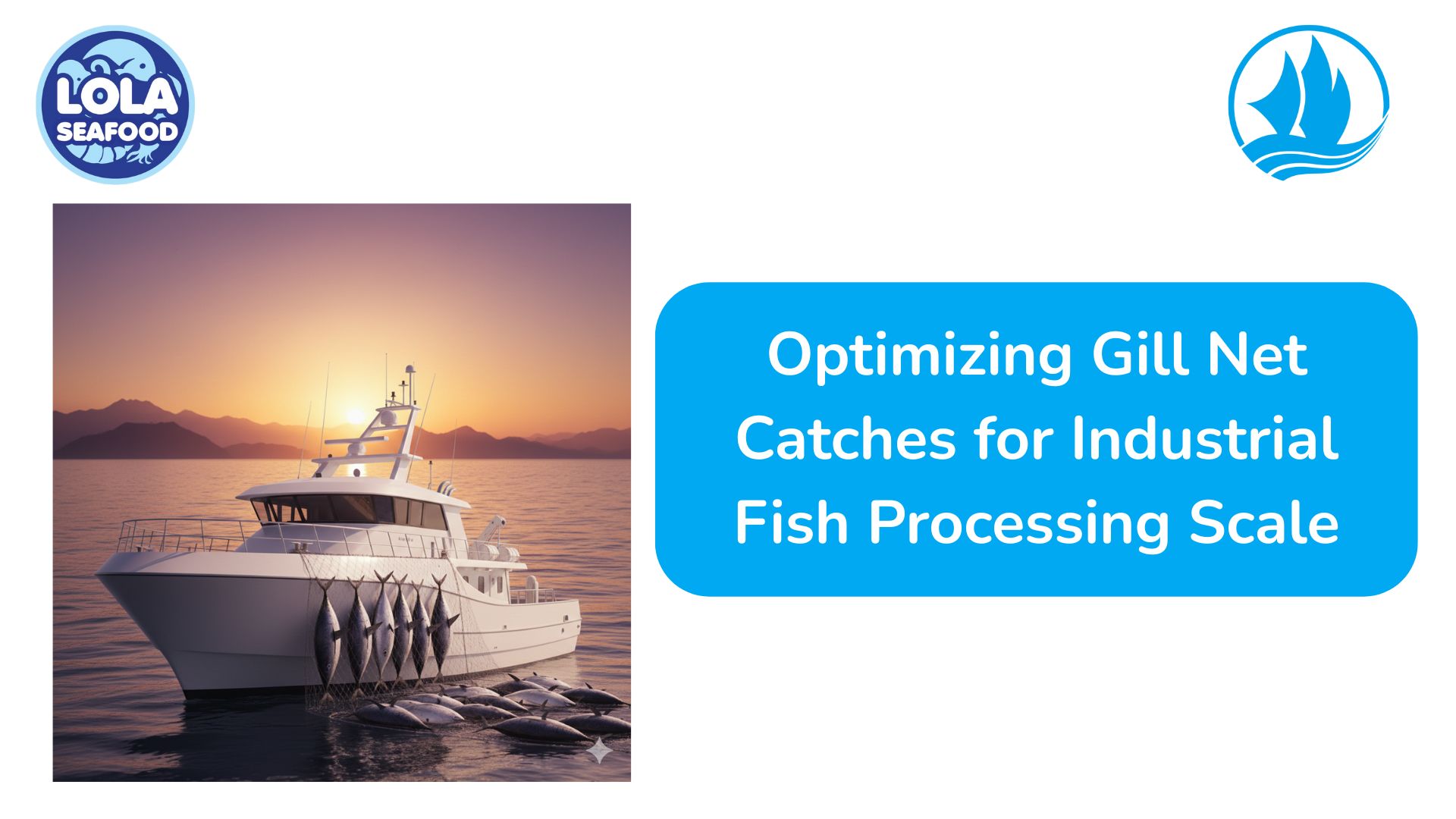
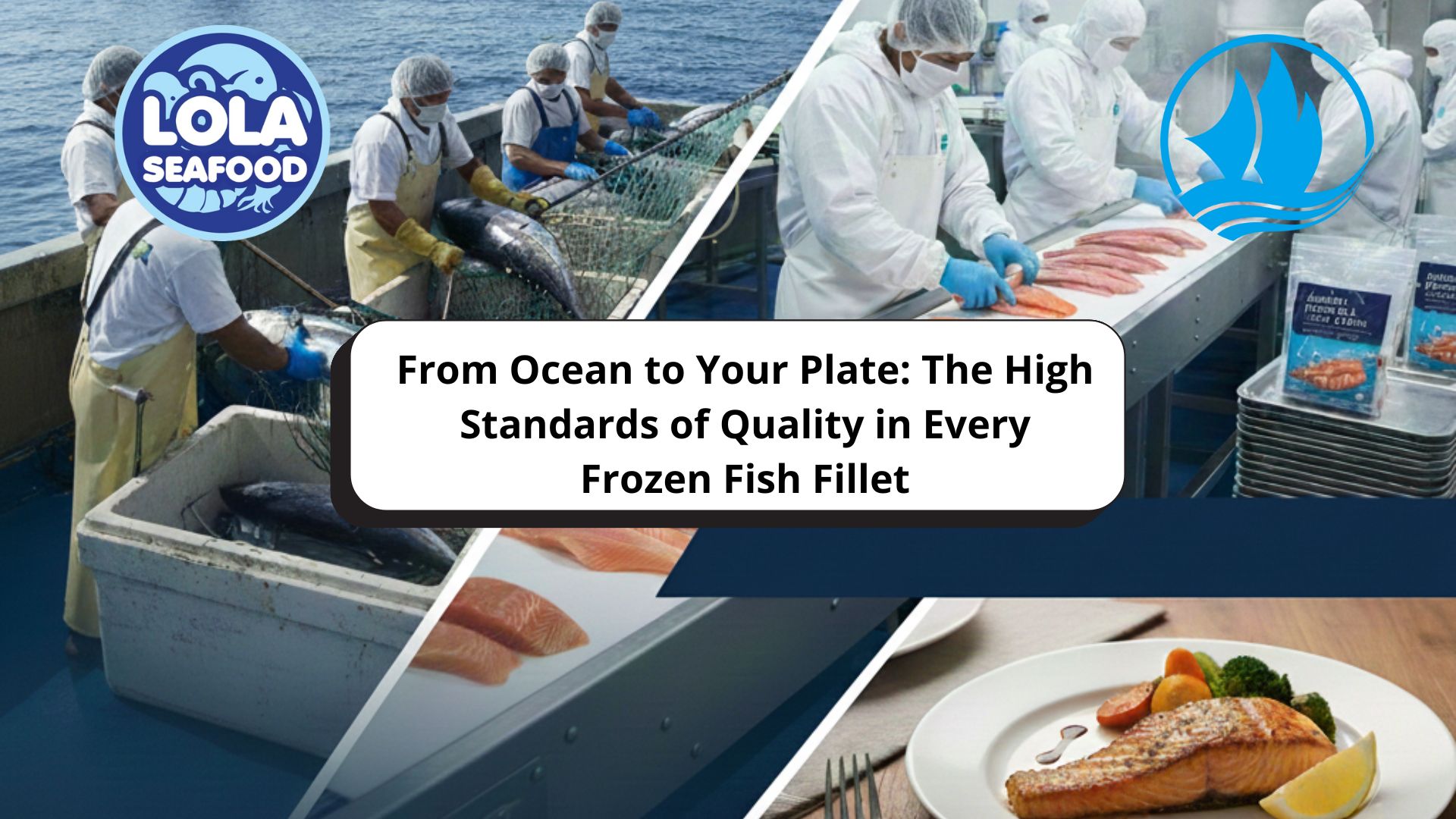
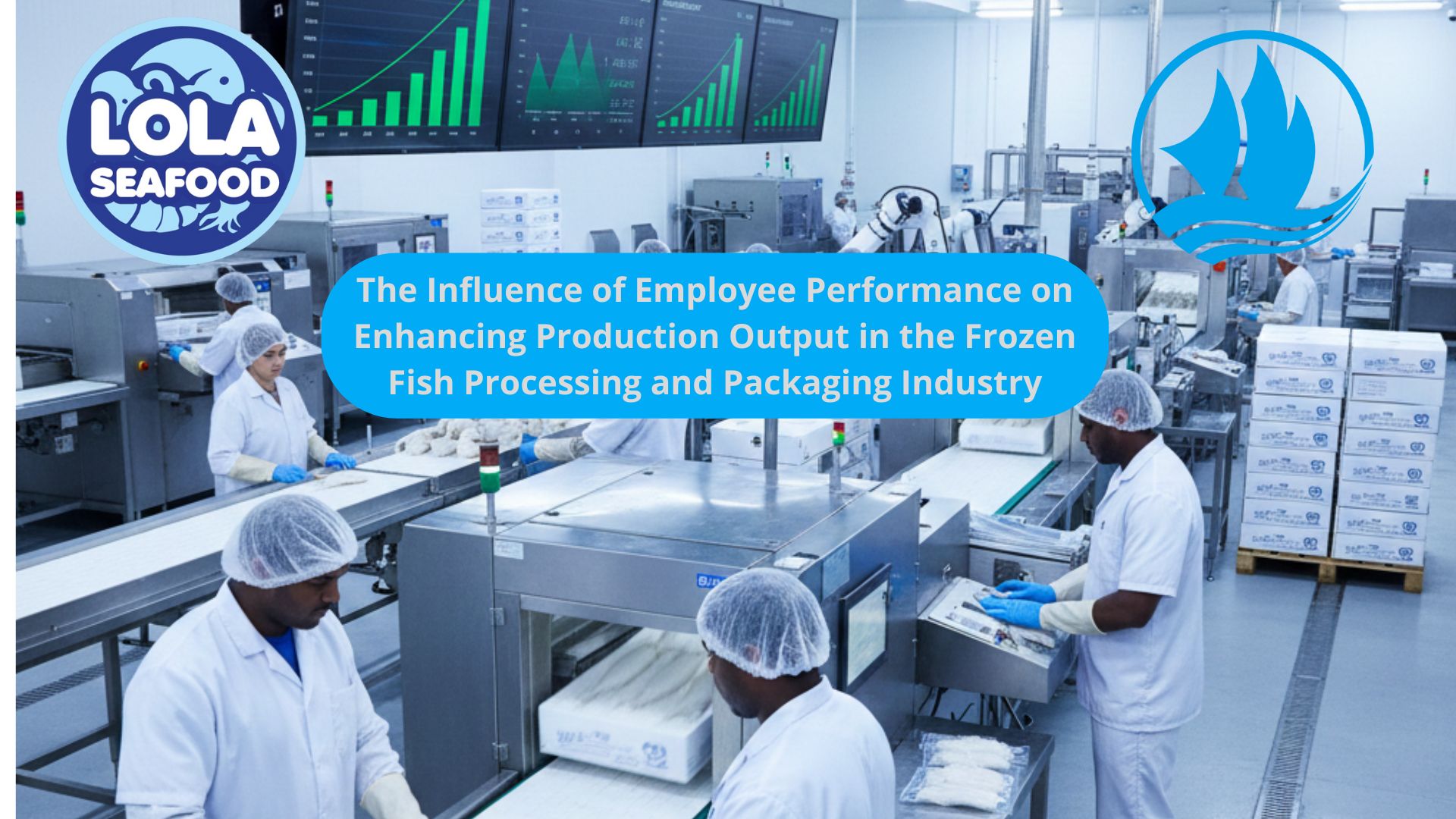
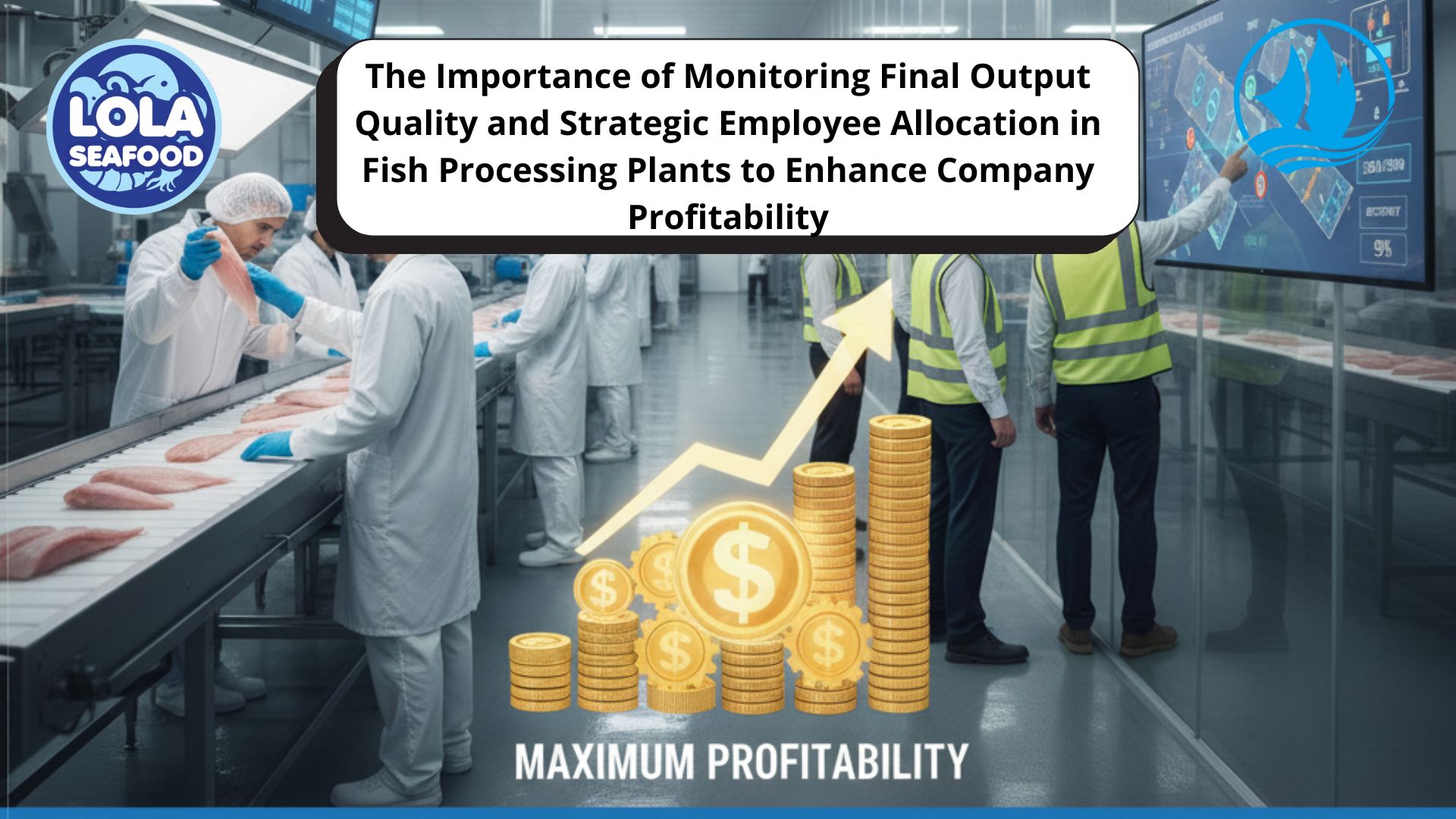
.jpg)
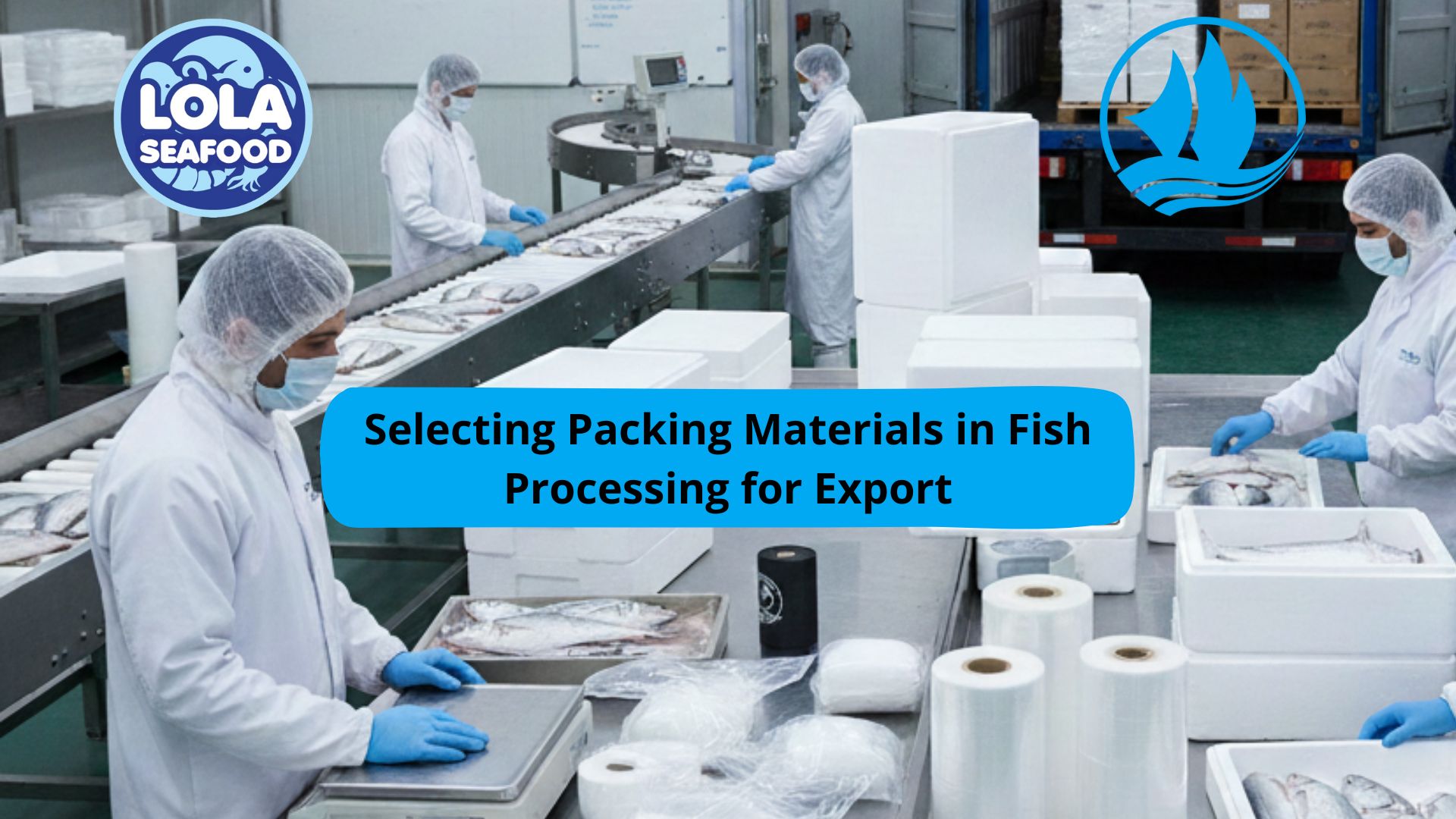
.jpg)
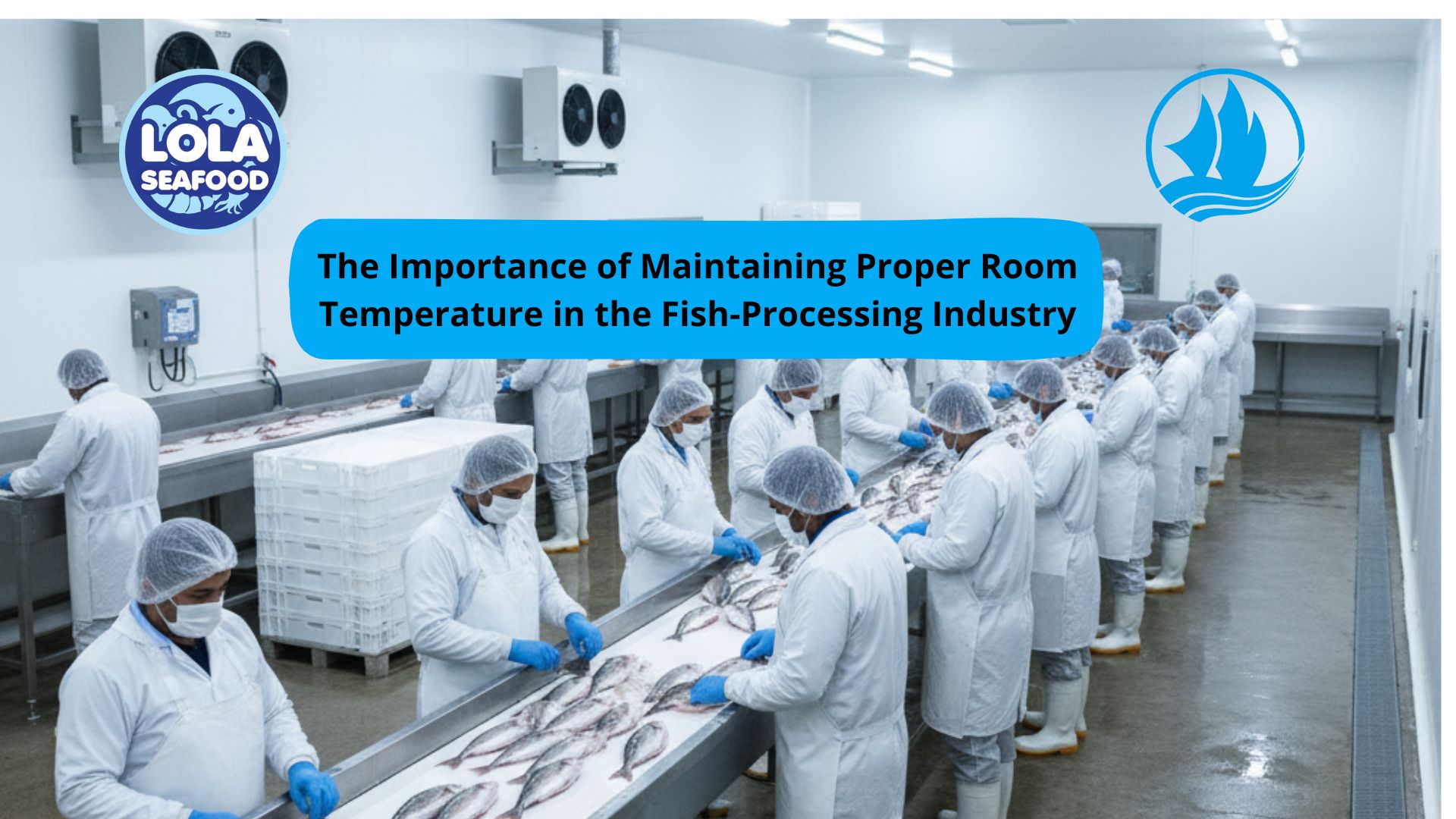
.jpg)